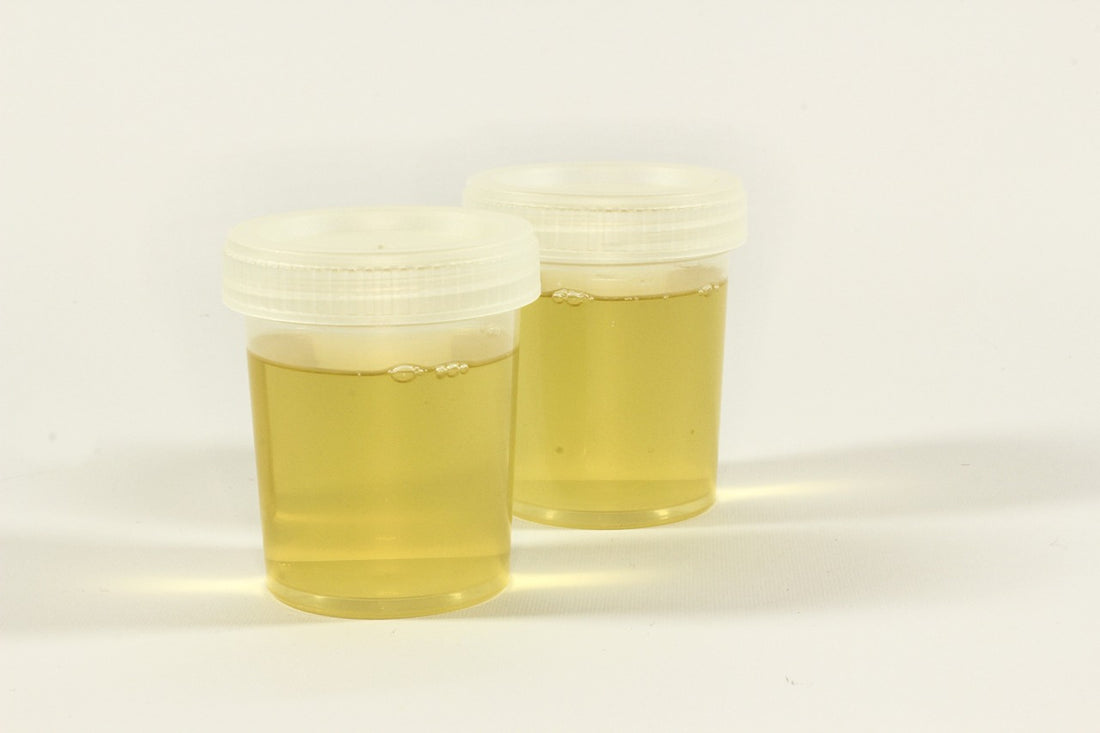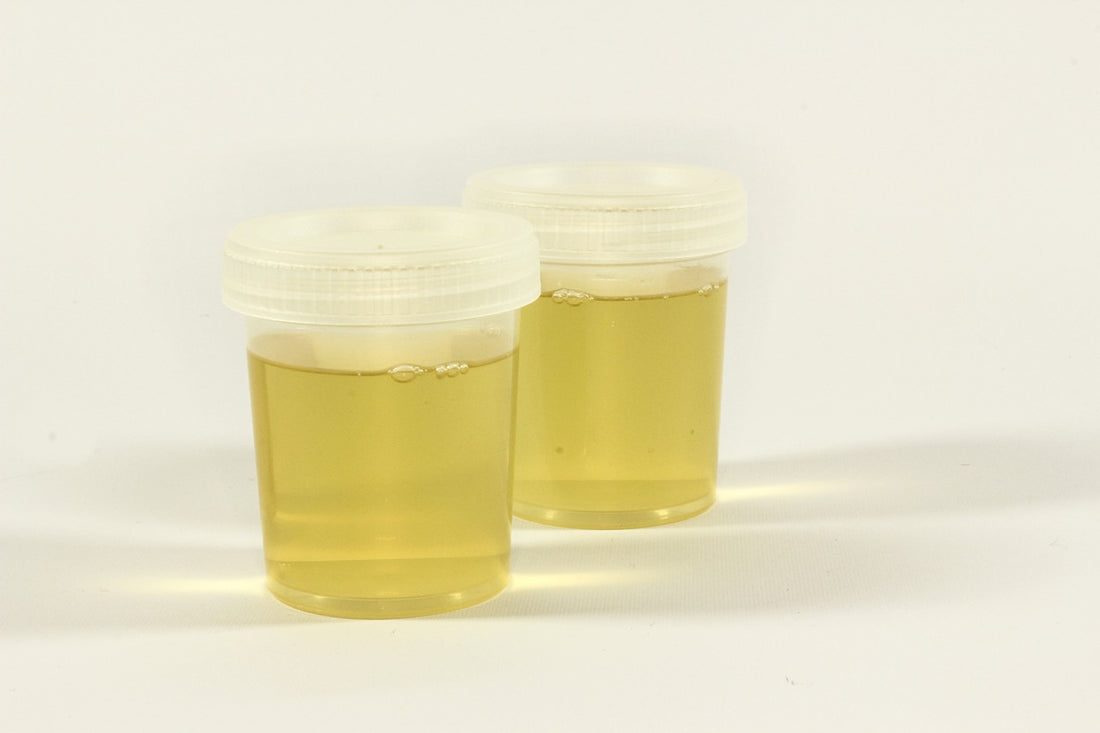
How Teens Fake or Compromise Urine Tests
Daniel PattersonUrine drug tests are a common method for detecting substance use, but many teens are aware of ways to manipulate the results. As more parents implement drug testing as part of their family’s approach to accountability, it’s important to understand how teens may try to cheat or compromise these tests. From diluting samples to using synthetic urine, teens have access to various methods, and parents need to be prepared to manage these challenges.
Here’s what parents should know about how teens fake or compromise urine tests, along with strategies for preventing it.
1. Diluting the Sample
One of the most common methods teens use to tamper with a urine test is dilution. By drinking excessive amounts of water before the test, teens hope to dilute the concentration of drugs in their system, potentially making them undetectable. While hydration is normal, overconsumption of water can lead to a suspiciously diluted sample.
According to the Substance Abuse and Mental Health Services Administration (SAMHSA), some drug tests can detect overly diluted samples, which may result in an inconclusive test or require retesting.
What You Can Do:
- Observe your teen during the testing process, ensuring they don’t drink large amounts of water just before the test.
- Consider using a test that checks for sample dilution to ensure accuracy.
2. Using Synthetic or Substituted Urine
Another method teens may use is substituting their sample with synthetic urine or someone else’s clean urine. Synthetic urine is available online and is designed to mimic real urine in drug tests. Teens may also try to use a friend or sibling’s urine sample, especially if the test is unsupervised.
The National Institute on Drug Abuse (NIDA) reports that synthetic urine can pass some drug tests if the sample is not carefully handled or observed, making it a common choice for teens trying to cheat a test.
What You Can Do:
- Supervise the testing process closely or use tests that have temperature strips, which check if the sample is fresh and body temperature.
- Randomize the testing schedule to reduce the opportunity for teens to prepare or obtain substitute urine.
3. Adding Adulterants to the Sample
Teens may also try to alter their urine sample by adding substances known as adulterants. These can include household products like bleach, vinegar, or detergent, as well as commercially available products designed to interfere with drug detection. These substances can degrade the drugs in the urine or mask their presence entirely.
While some tests have built-in adulteration detection measures, not all over-the-counter drug tests include this feature. The U.S. Department of Health and Human Services (HHS) notes that adulterated samples may have unusual pH levels, odd colors, or a strong chemical smell, which can serve as red flags.
What You Can Do:
- Use drug tests that screen for adulterants, ensuring the integrity of the sample.
- Be alert for any unusual smells, colors, or behaviors during testing that may suggest tampering.
4. Using Detox Drinks or Supplements
There are many detox products marketed to people trying to pass drug tests, claiming to flush out toxins and drugs from the system quickly. These detox drinks or supplements are often used in the days leading up to a test, and many teens turn to them as a way to mask substance use. While detox drinks may temporarily alter the results of a test, they are not foolproof.
According to WebMD, while some detox products claim to cleanse the body of drugs, they don’t always work effectively. Additionally, many detox products are detectable in tests that screen for masking agents, making them risky for those trying to cheat a drug test.
What You Can Do:
- Be aware of your teen’s purchasing habits and keep an eye out for detox products.
- Use drug tests that screen for masking agents and detox substances.
5. Timing the Test to Beat Detection Windows
Teens may also try to time their drug use to avoid detection. Each drug has a different detection window, meaning the amount of time it stays in the system after use. For example, marijuana can remain in the system for days or even weeks, while other substances like cocaine or alcohol may be undetectable after a few days. Teens may attempt to avoid testing during the period when drugs are most detectable.
According to Mayo Clinic Laboratories, understanding the detection windows for different substances can help parents know when testing is most effective.
What You Can Do:
- Randomize the testing schedule and avoid giving advance notice to reduce the opportunity for your teen to time their substance use around test windows.
- Research detection windows for common substances, so you understand when a test is likely to be accurate.
Conclusion
Teens have access to a variety of methods for faking or compromising urine tests, from diluting samples to using synthetic urine. By understanding these methods and using the right testing strategies, parents can better manage the testing process and ensure that results are accurate. Supervision, random testing schedules, and drug tests that detect tampering can help parents stay ahead of potential manipulation.
References:
- Substance Abuse and Mental Health Services Administration. (2021). "Preventing Tampered Urine Samples: Drug Testing Guide for Parents."
- National Institute on Drug Abuse. (2022). "Monitoring Teen Drug Tests: How to Detect Synthetic Urine." Retrieved from NIDA Website.
- U.S. Department of Health and Human Services. (2021). "Adulterated Drug Tests: What Parents Should Know."
- WebMD. (2022). "Detox Products and Drug Tests: What You Should Know."
- Mayo Clinic Laboratories. (2021). "Drug Detection Windows: What Parents Should Know."











